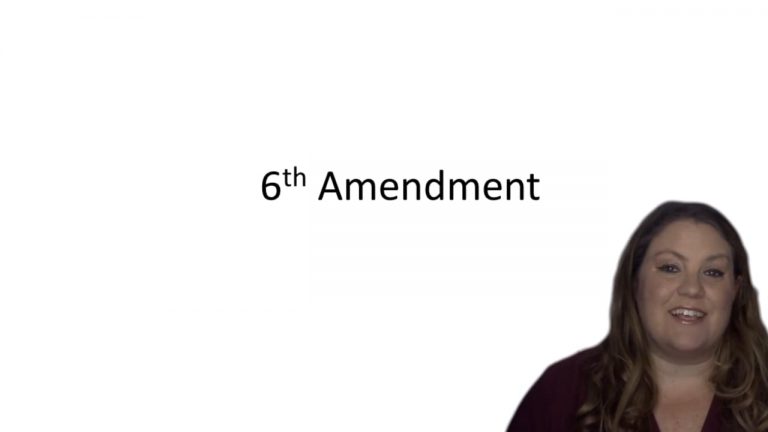SmartBrief
Confirm favorite deletion?
Criminal Procedure Keyed to Dressler
Patterson v. Illinois
Citation:
487 U.S. 285, 108 S.Ct. 2389, 101 L.Ed. 261 (1988).Facts
The defendant and two other gang members were indicted for murder. The defendant asked a police officer another gang member had been omitted from the indictments. He said that the omitted person “did everything.” The defendant also began to explain that there was a witness who would support his account of the crime.
At this point, the officer interrupted the defendant, and handed him a Miranda waiver form. The officer read the warnings aloud as the defendant read along with him. The defendant signed the waiver form and then gave a lengthy statement to police officers, detailing everyone’s involvement, including his own, in the murder.
Later that day, the defendant confessed involvement in the murder for a second time. This confession came in an interview with an Assistant State’s Attorney. At the outset of the interview, the attorney reviewed with the defendant the Miranda waiver he had previously signed, and the defendant confirmed that he had signed the waiver and understood his rights. The attorney read the warnings to the defendant again and had him sign another form. He also told the defendant that he was a lawyer working with the police.
These confessions were admitted at trial and the defendant was convicted. He appealed, arguing that he had not “knowingly and intelligently” waived his Sixth Amendment right to counsel before he gave his uncounseled post-indictment confessions. He contended that the warnings he received did not adequately inform him of his Sixth Amendment right to counsel. The Illinois Supreme Court rejected this theory and affirmed.
Only StudyBuddy Pro offers the complete Case Brief Anatomy*
Access the most important case brief elements for optimal case understanding.
*Case Brief Anatomy includes: Brief Prologue, Complete Case Brief, Brief Epilogue
- The Brief Prologue provides necessary case brief introductory information and includes:
Topic:
Identifies the topic of law and where this case fits within your course outline.Parties:
Identifies the cast of characters involved in the case.Procedural Posture & History:
Shares the case history with how lower courts have ruled on the matter.Case Key Terms, Acts, Doctrines, etc.:
A case specific Legal Term Dictionary.Case Doctrines, Acts, Statutes, Amendments and Treatises:
Identifies and Defines Legal Authority used in this case.
- The Case Brief is the complete case summarized and authored in the traditional Law School I.R.A.C. format. The Pro case brief includes:
Brief Facts:
A Synopsis of the Facts of the case.Rule of Law:
Identifies the Legal Principle the Court used in deciding the case.Facts:
What are the factual circumstances that gave rise to the civil or criminal case? What is the relationship of the Parties that are involved in the case.Issue(s):
Lists the Questions of Law that are raised by the Facts of the case.Holding:
Shares the Court's answer to the legal questions raised in the issue.Concurring / Dissenting Opinions:
Includes valuable concurring or dissenting opinions and their key points.Reasoning and Analysis:
Identifies the chain of argument(s) which led the judges to rule as they did.
- The Brief Prologue closes the case brief with important forward-looking discussion and includes:
Policy:
Identifies the Policy if any that has been established by the case.Court Direction:
Shares where the Court went from here for this case.
Topic Resources
Topic Outline
Topic Refresher Course
Topic Charts & Notes

 4m 2s
4m 2s